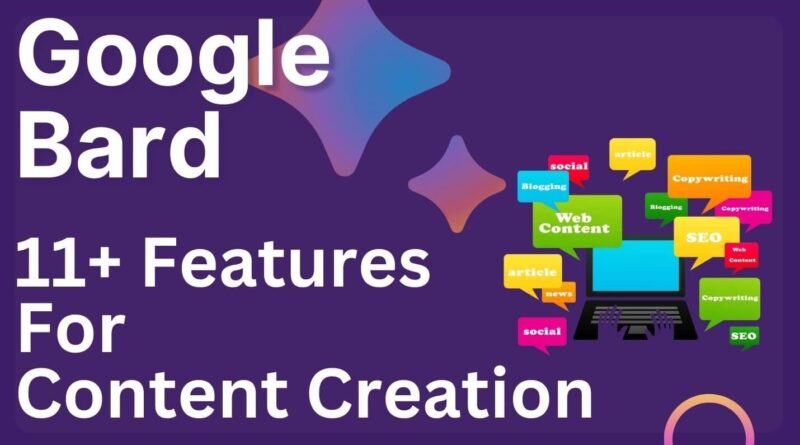If you thought chatbots were a thing of the past, think again. Google has revamped its AI-powered chatbot and given it a host of new features that will leave you wondering if you’re talking to a human. Tech enthusiasts and content creators are curious about this exciting Bard AI news as they will get the most benefits from it.
At first glance, Google Bard might seem like just another chatbot, but don’t be fooled. With its advanced natural language processing and machine learning algorithms, Bard can create unique and emotionally resonant content that is tailored to your specific needs. And that’s just the beginning.
What Is Google Bard?
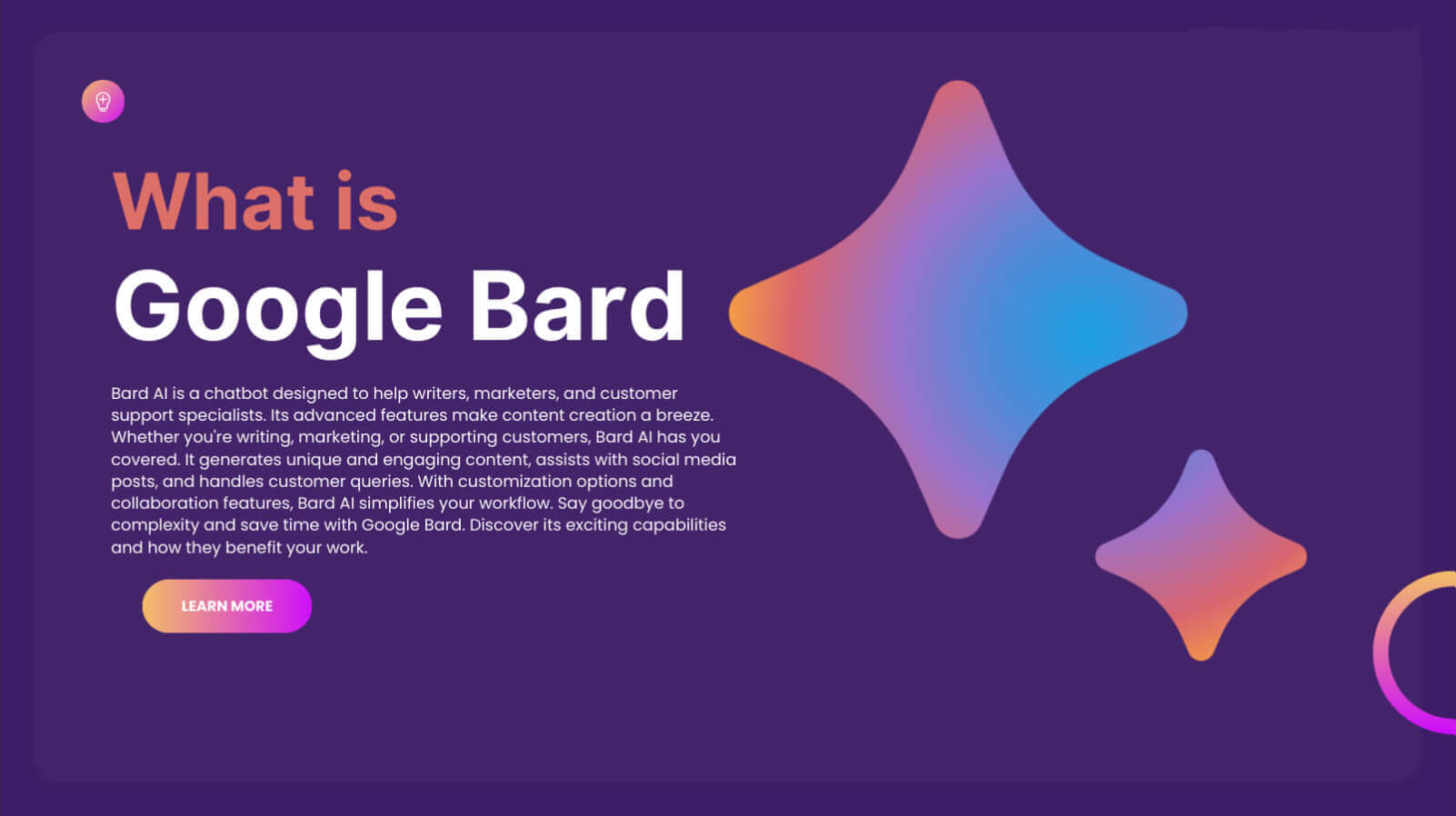
Google Bard AI is a powerful chatbot designed to help content creators, marketers, and customer support specialists streamline their work and create high-quality content in record time. With its advanced features, the Bard AI interface is user-friendly and easy to use.
Whether you’re a writer looking to generate unique and emotionally appealing content, a marketer trying to create engaging social media posts, or a customer support specialist responding to customer queries, Bard AI features can help you achieve your goals. It offers a range of customization options and collaboration features, making it a great choice for anyone looking to improve their content creation process.
So, be happy because Google Bard is going to make your life easy. Bard AI features can help you save time and streamline your workflow. In the next section, we’ll explore all the exciting features that Google Bard AI has to offer and how they can benefit your work.
Bard AI Features
Google Bard Can Do Image Recognition
Great news for content creators! Google Bard AI has just become even more powerful with its latest feature – image recognition. By integrating Google Lens into Bard, the AI chatbot can now intelligently read images and respond. This means that you can now easily add creative captions or descriptions to your pictures with just a few clicks.
During a demonstration, Google showed how Bard analyzed a picture of two dogs and was asked to write a funny caption about them. Within seconds, Bard came up with several witty captions that can be used to make your content stand out. This new feature opens up a world of possibilities for content creators who want to add more visual elements to their work. With Google Bard AI, you can now add engaging and creative content to your images in no time!
Google Bard Is Now Powered by PaLM 2
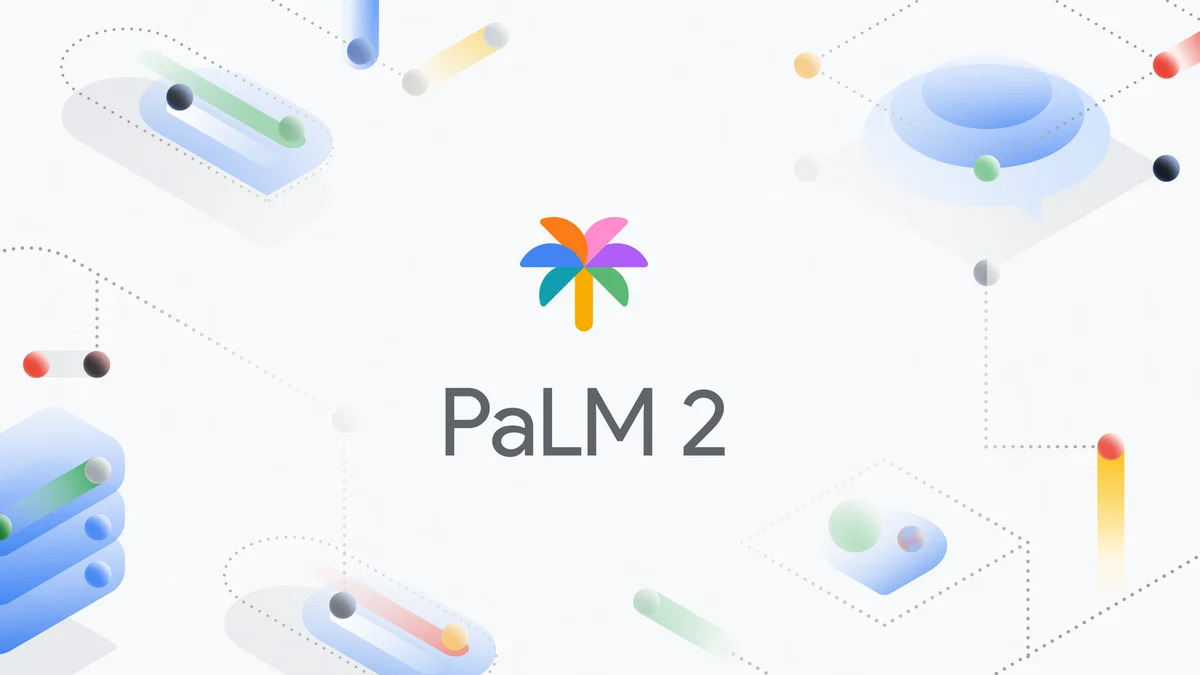
Google Bard AI has leveled up with the inclusion of PaLM 2, the company’s next-generation language model. This upgrade brings new and exciting features to the chatbot. PaLM 2 comes with improved reasoning and coding changes, making it more powerful than the previous model. With a vast dataset that includes scientific papers and mathematical expressions, PaLM 2 makes Bard AI even better at complex logical reasoning and problem-solving.
Also, the new LLM is faster, which means quicker replies from Bard. All these advancements in PaLM 2 have resulted in a whole new set of Bard AI features that users can take advantage of for their content creation needs.
Bard AI Goes Visual
Google has announced exciting Bard AI news for users with its new visual integration feature. Taking inspiration from Microsoft Bing AI Chat, Google has empowered Bard AI with visual responses. Bard AI’s intelligent integration with Google Search offers users a unique and comprehensive experience by providing visual context to accompany its text results. This feature will be displayed right in the chat itself for easy access, providing users with a better sense of their results.
Although this feature is not yet available, users can expect to see the inclusion of image insertion in the upcoming weeks, along with its integration into Google Search through the “Generative AI” feature. This new Bard AI interface is set to transform the way we approach chatbots.
Bard AI Will Have Built-In Image Generator
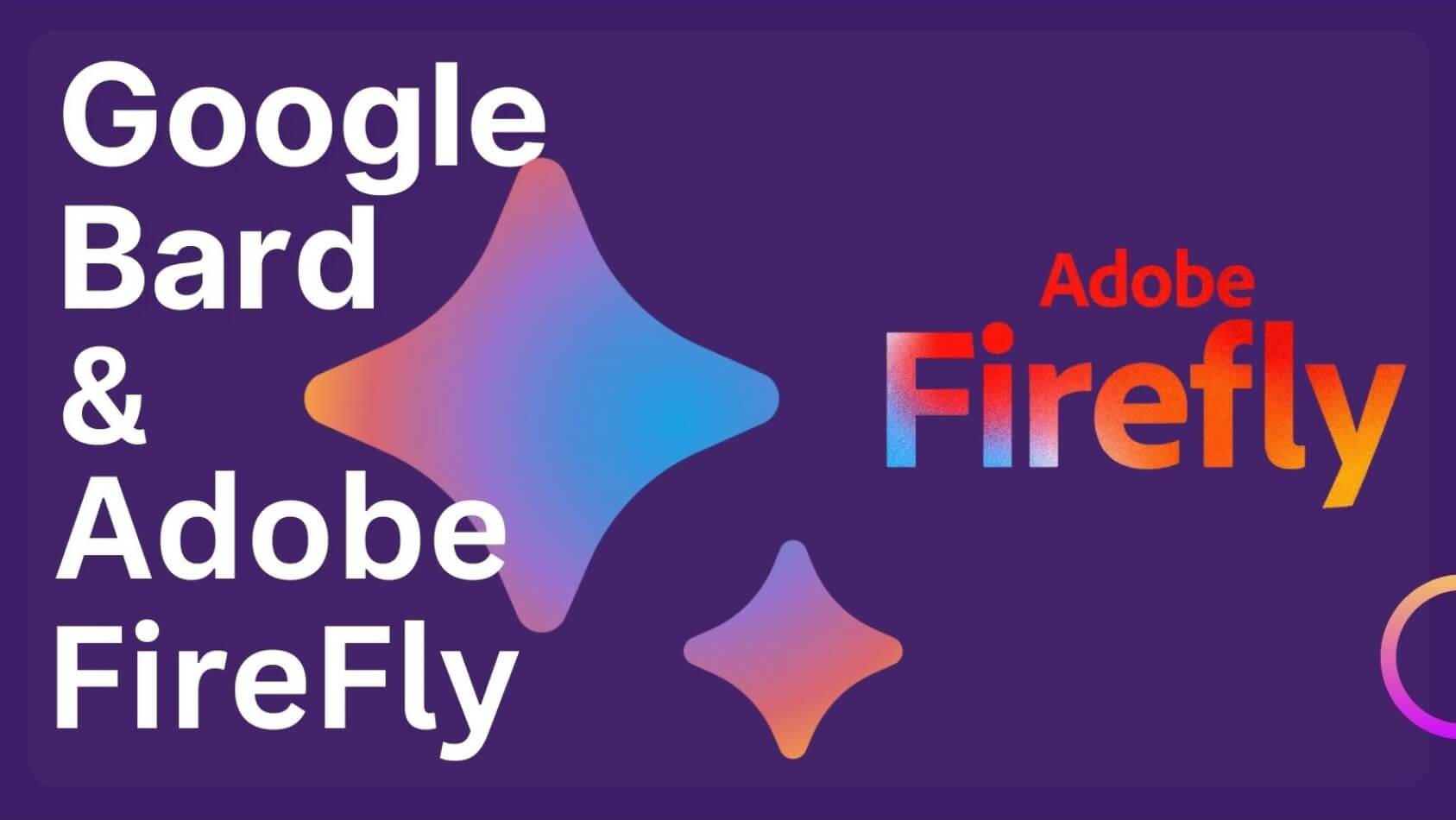
Google is introducing a built-in image generator through Adobe Firefly, a family of creative generative AI models, which can create high-quality images in real time. This feature will allow users to create AI art within the tab, without having to switch to a separate app.
With prompts, users can request Bard for images, and Adobe Firefly’s model will provide the output. Users will be able to edit these generated images and pull them into Adobe Express for further editing. This new feature is a welcome addition to Bard as AI image-generation tools become increasingly popular.
Google Bard AI Will Have Tools As Plug-Ins
Not only is Google integrating its services into Bard, but the company is also partnering with other businesses to provide even more features. The bot will soon have plugin experiences from companies like Kayak, Spotify, OpenTable, and more, which will expand its functionality for education, productivity, and leisure.
This move by Google comes after OpenAI’s ChatGPT added support for plugins, and the company is not falling behind in the AI race. With these partnerships, Bard AI interface will be able to do even more and offer users a seamless experience.
Integrate Other Google Services Into Bard
Google Bard is not only a chatbot but is also slowly becoming an all-in-one virtual assistant that seamlessly integrates other Google services such as Sheets, Docs, and Maps. With this integration, users can have all these services work together to provide more features to Google Bard.
During a recent keynote, Sissie Hsiao, General Manager for Bard, demonstrated how Bard could use Google Maps to display college programs based on her interests and create a results table with columns for college names, locations, degrees, and more. Google Bard was able to export an entire table to Google Sheets and retain its formatting, which is a notable achievement.
Although only some of these features are currently available, Google plans to add them soon, making collaboration across platforms even more straightforward.
Bard AI Will Also Do Coding For You
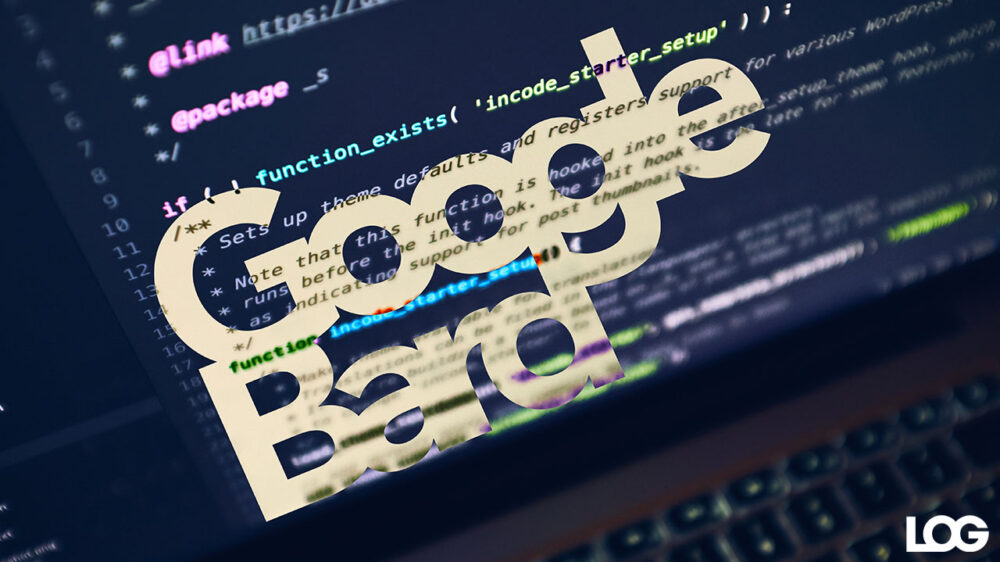
source: pinterest.com
Previously, Google Bard could not generate code, but that is changing. During the recent Google I/O 2023 event, Google unveiled that Bard AI will be receiving new programming capabilities. Now, Bard can generate, debug, and explain code using over 20 programming languages, including Python, HTML/CSS, Java, C++, and more.
Users can even export the code to Google Collab or Replit for producing results. This will be a big help to people new to coding and previous users who were learning with ChatGPT.
Google Bard AI Will Support 40+ Languages
Google has announced that its AI chatbot, Bard, will soon support over 40 languages, significantly increasing its reach. OpenAI’s GPT-4 LLM provides just over 26 languages, Bard will cover all the widely spoken languages. This will make the use of it easier for users worldwide to converse with the bot in the language of their choice.
Google has also revealed that users will be able to communicate with Bard in Japanese and Korean. The new multilingual support will be one of Bard’s best features. This feature will further cement its position as a versatile and useful chatbot.
Multiple Drafts For The Same Query
Google Bard has a standout feature called drafts that allows users to receive multiple responses from the same query. The AI chatbot generates three different versions of the answer by default. This provides the freedom to choose the best response or even mix and match them. The draft feature requires no special steps and is automatically created by Bard. For those seeking different perspectives from the AI, drafts are a welcome addition to this AI chatbot.
Dark Mode Feature
Google Bard now has an all-new dark mode, which was a hit among the crowd at Google I/O. To activate the feature, simply click on the dark theme button on the bottom left sidebar. After that, the AI chatbot’s interface will switch to an appealing mix of different shades of dark and grey. Don’t miss out on this great new addition to the Google Bard AI interface.
Share/Export The Outputs Of Chat Directly
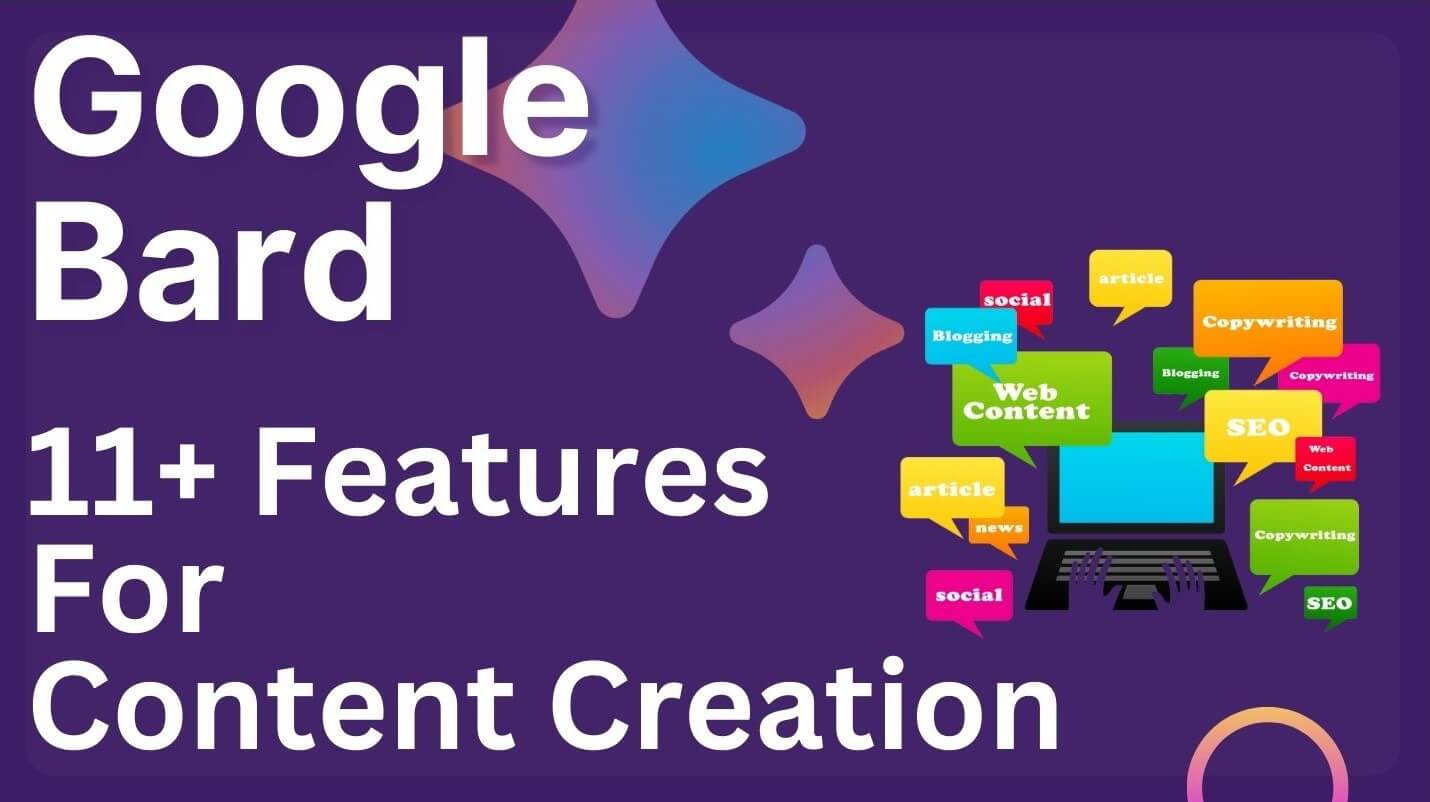
Copying and pasting conversations from AI chatbots can be a hassle. However, Google is making it easier with its latest feature. Now, you can directly export your Google Bard conversations onto services like Google Docs and Gmail with just one click. This new feature is not limited to any particular type of message by Bard. It is available for all kinds of outputs.
Google’s export chat option simplifies workflows and speeds up the entire AI output process. When exporting e-mail formats onto Gmail, Bard swiftly opens a new window and pastes the output for immediate submission. It is a seamless feature and convenient for users.
The Bottom Line
In conclusion, Google Bard AI has set the bar for what we can expect from chatbots moving forward. It is performing like OpenAI’s ChatGPT4 and upcoming chatbots will become an important part of our daily lives. Moreover, it is changing the way we interact with chatbots. It’s safe to say that we can expect exciting new advancements in AI technology in the years to come, and Google Bard AI
Disclaimer: This News/Content is sourced from third-party websites & published for information purposes only, Live Enhanced does not claim or guarantee the truth.

